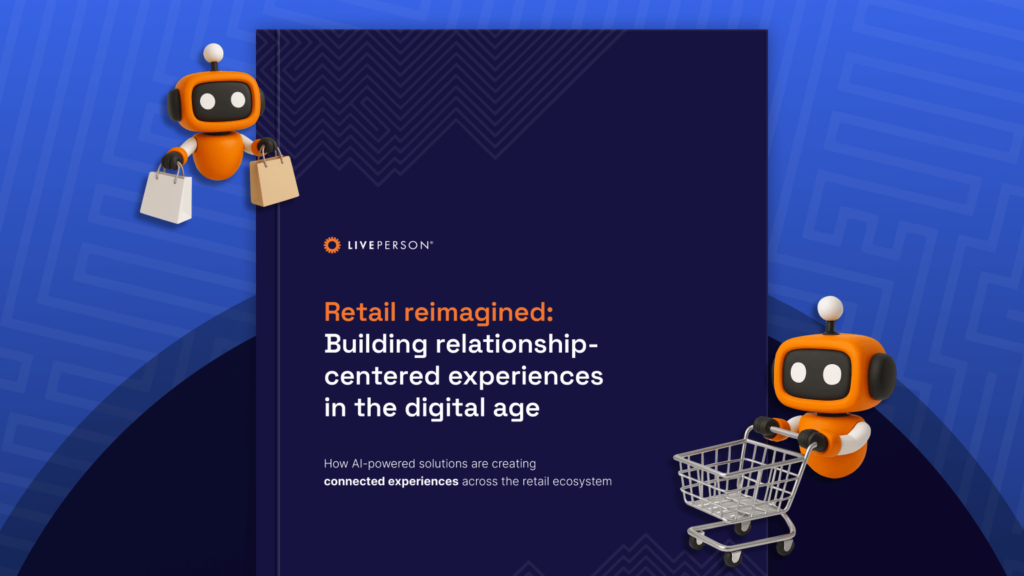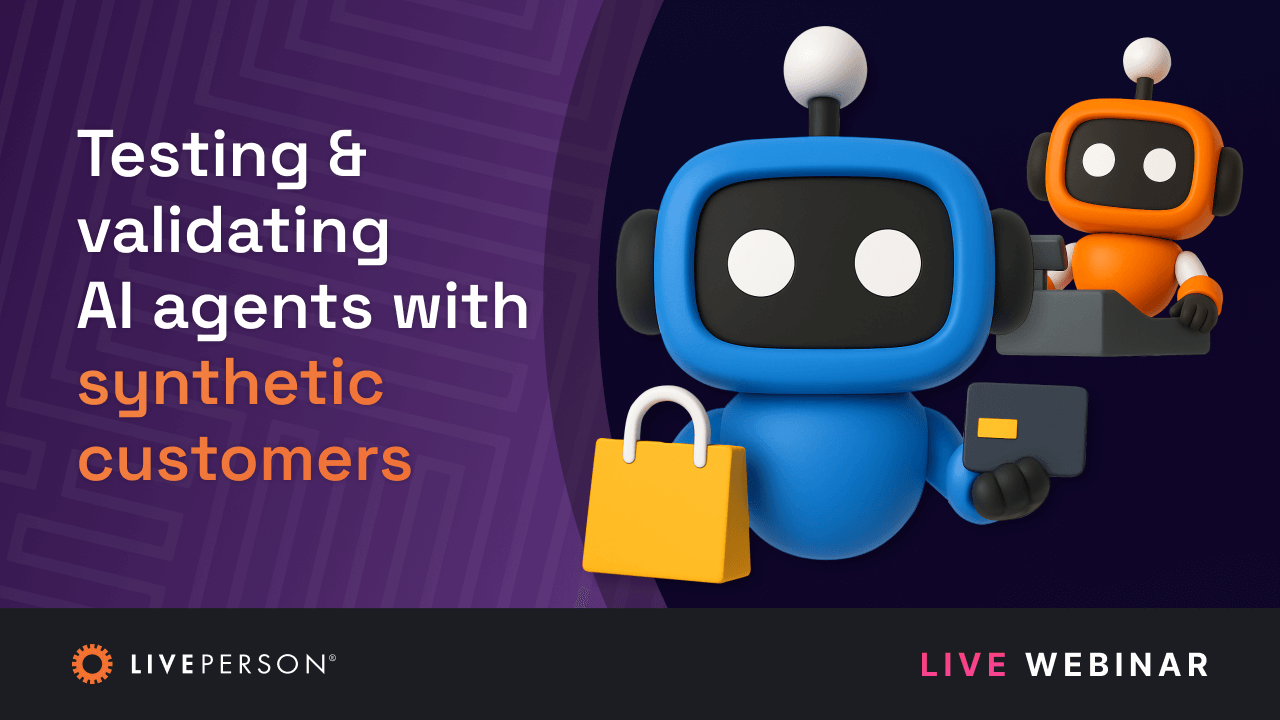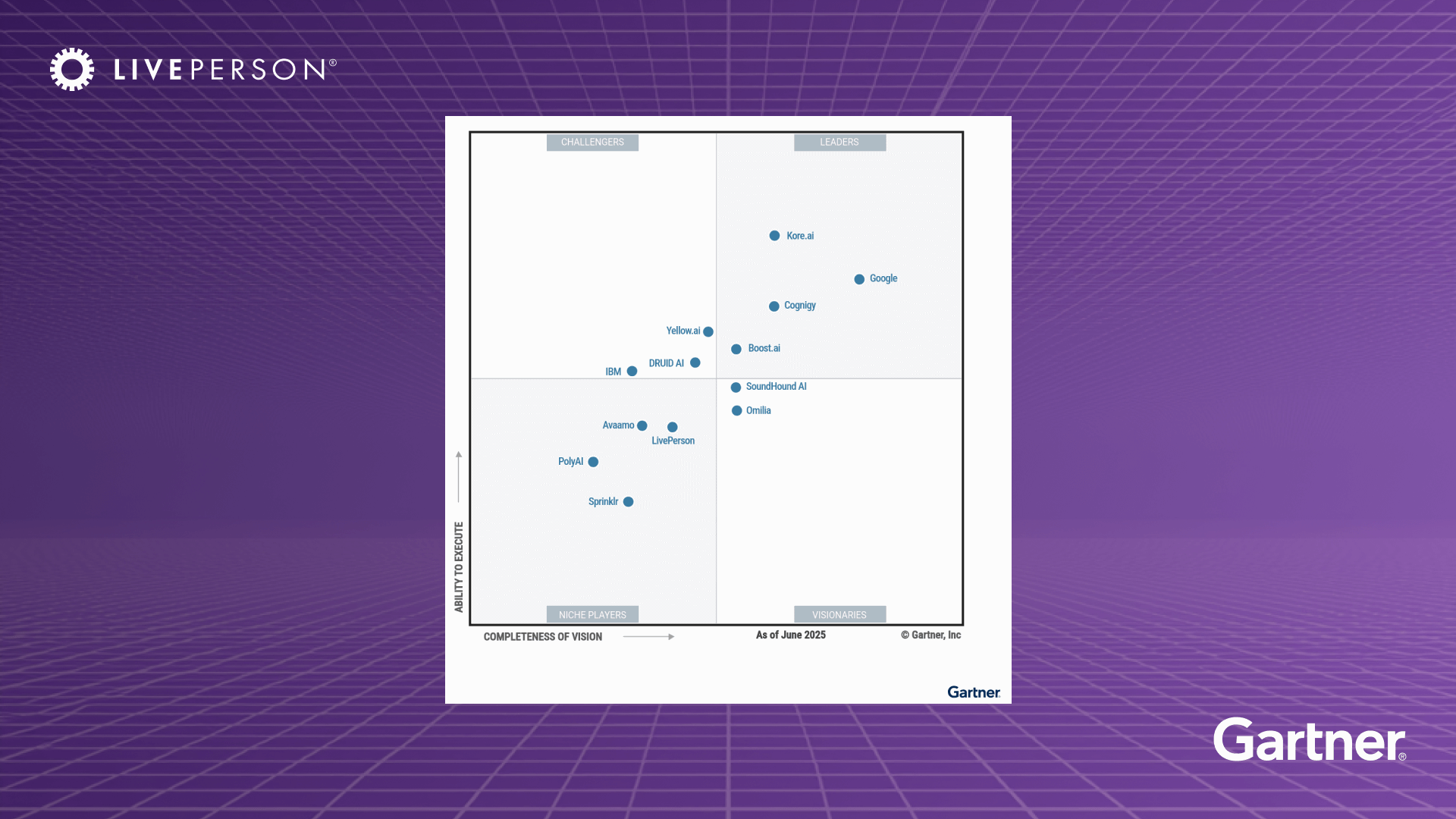article
Why retailers should move toward unified commerce
July 15, 2025 • 6 minutes

In 2025, retail is no longer a game of channel proliferation — it’s a battle for seamless, relationship-driven engagement. Retailers who still operate under the more fragmented “omnichannel” model — managing multiple channels in parallel — are falling behind. The next competitive frontier is embracing unified commerce: a retail strategy that mitigates data silos and integrates all touchpoints into one cohesive customer experience.
What is unified commerce vs. omnichannel retail strategy?
Unified commerce is realignment of business strategy, disparate systems, and customer experience. We’re talking a strategic integration of all retail systems — across customer engagement, backend systems for operations, data, and customer service and sales channels — into a consistent, real-time, centralized platform. While omnichannel retailing implies presence across every channel, unified commerce ensures that these channels work together, share information, and present a seamless experience to customers and associates alike.
In short: Omnichannel is about access to everything. Unified commerce is about cohesion. And in today’s landscape — where 90% of in-store shoppers use their phones while browsing, and Gen-Z buyers flip effortlessly between physical and digital channels — it’s no longer optional.
According to an Aptos and Retail Systems Research report, over 70% of respondents are on a unified commerce journey.
Why omnichannel commerce falls short
The 2025 retail landscape is marked by blurred boundaries. Consumers research online, try in-store, buy on mobile, pick up curbside, and return by mail. Omnichannel strategies often treat these as separate experiences — resulting in friction, duplicated customer data, and broken journeys.
From LivePerson’s 2025 report, “Retail reimagined: Building relationship-centered experiences in the digital age,” we know:
- 82% of transactions still happen in physical stores.
- Yet, for the first time, online purchases outpaced in-store sales during the 2024 holiday season.
- >90% of shoppers use their mobile devices in-store.
- 85% of Gen-Z shoppers are influenced by social recommendations.
- Associates still struggle with disconnected systems and outdated tools.
Traditional omnichannel setups — built on siloed systems — cannot deliver the secure, real-time, personalized, and consistent experiences today’s consumers demand. The solution lies in a fundamentally different approach.
The unified commerce + conversational AI advantage
While unified commerce integrates retail channels, bringing together people, processes, and platforms into a cohesive whole, conversational AI personalizes customer interactions across these channels. Here’s 3 ways this approach transforms the retail experience:
1. Personalized, continuous customer journeys
Modern shoppers don’t think in channels — they think in experiences. A customer might start by browsing online, get retargeted on Instagram, chat with an AI agent, then visit a physical store to complete the purchase. Unified commerce ensures the journey doesn’t reset at each touchpoint.
Conversational AI enables retailers to deliver tailored experiences by understanding and responding to individual customer needs in real time. All interactions are connected — no more “starting over” with customer service. Real-time data informs every touchpoint: promotions, inventory, loyalty history. AI agents can provide focused product recommendations based on browsing history, assist with order tracking, and maintain conversation context across channels.
Keep in mind: Personalized shopping experiences can increase average basket size by up to 40% (according to both BCG and Harvard Business Review).
2. AI-powered associate enablement and retention tools
The staffing crisis is no longer cyclical — it’s structural. Retailers must treat associates as internal customers, equipping them with the same seamless digital tools they offer shoppers. A unified commerce approach powered by conversational AI empowers the digital employee experience with:
- Access to customer profiles and inventory from any device or channel
- Mobile tools for task management, scheduling, and training
- AI-driven knowledge systems that provide instant, accurate answers to product questions and guided selling recommendations
- Real-time access to inventory levels and customer preferences through conversational interfaces
Store associates equipped with AI tools can access information instantly, enabling them to provide superior in-store assistance while reducing time-to-competency for new hires. Leveraging AI-powered conversational customer service can provide associates and other staff with access to employer information, such as HR, payroll, and scheduling making it easier to be an employee. In fact, retailers who invested in associate enablement saw up to a 50% drop in turnover and significantly lower recruitment costs.
3. Connected operations and partner ecosystems
Retailers can’t afford to guess anymore. A truly unified commerce approach means more unified systems across the entire business and streamlined partner relationships. This enables more informed business decisions, thanks to AI-powered unified data for demand forecasting, merchandising, and promotions, real-time inventory visibility across fulfillment methods, and more connected logistics and supplier relationships.
Automated responses handle routine partner inquiries, while conversational AI systems collect and analyze interaction data for valuable business insights. This operational agility turns complexity into a competitive advantage. For instance, accurate inventory alone can prevent millions in lost revenue, especially across thousands of locations.
Suppliers, distributors, and franchisees benefit from shared data for forecasting, inventory planning, and performance insights, frictionless communication and automation between stakeholders, and faster response to disruptions, demand shifts, or product issues. Research shows that when communication friction is removed from partner relationships, retailers can respond more quickly to market changes, supply disruptions, and emerging opportunities.
As businesses grow, conversational AI provides scalable solutions that handle increasing volumes of interactions without compromising service quality across all channels.
These unified commerce capabilities deliver measurable returns:
- 15-40% increase in conversion and basket size.
- Up to 50% reduction in associate turnover.
- 25% improvement in operational efficiency.
- Real-time inventory visibility preventing revenue loss.
- Sustainable competitive differentiation in saturated markets.
Unified commerce use cases that drive ROI
These advantages translate into real-world applications with measurable results. Industry research shows retailers who deployed unified commerce platforms saw up to 15% revenue growth and 25% reduction in operational costs within 18 months. Here are some high-impact applications:
- Clienteling in luxury retail: Digital profiles, messaging, and AI recommendations help associates deliver VIP experiences across platforms.
- In-store mobile engagement: Specialty retailers offer real-time product info, guided selling, and expert chat — converting browsers to buyers.
- Grocery fulfillment: Real-time inventory, personalized offers, and AI chatbots streamline online ordering and in-store pickup.
- Digital onboarding: Streamlined hiring, scheduling, and training reduces associate turnover and boosts engagement.
What modern retail needs to succeed
Making the shift to unified commerce isn’t just a tech project—it’s a cultural transformation. Success requires:
- Leadership alignment: All departments—from marketing to logistics—must be on board.
- Unified data platforms: Break down the barriers between POS, CRM, e-commerce, and support.
- Customer journey mapping: Design experiences, then align systems—not the reverse.
- Scalable technology: Choose platforms that support both in-store and digital use cases.
- Ongoing optimization: Leverage conversational AI, analytics, and voice-of-customer insights for continuous improvement.
Unified commerce is the future of retail
Unified commerce isn’t about where people shop—it’s about how they feel when they do. Seamless, consistent, personalized experiences build trust, boost loyalty, and increase profitability. Retailers who cling to outdated omnichannel models are rapidly losing ground. As expectations skyrocket, only those who integrate conversational AI into a unified commerce strategy will thrive.
It’s time to stop managing channels and start managing experiences. In 2025 and beyond, this is the only strategy that wins.





